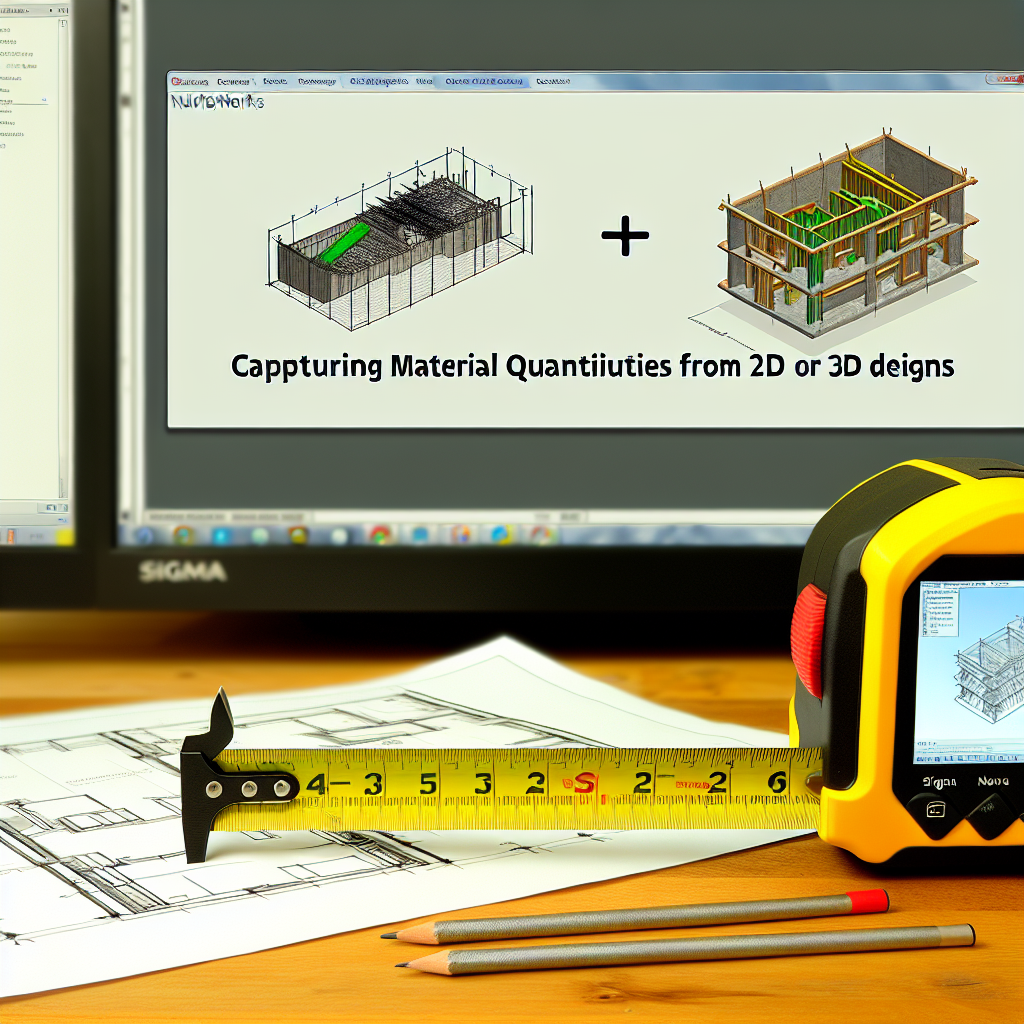Capturing material quantities directly from 2D or 3D designs is a crucial step in construction and design workflows, offering accuracy and efficiency. Autodesk Navisworks serves as a powerful tool in this process, enabling seamless quantity extraction from complex models. In this article, we’ll explore how to leverage Navisworks for effective material takeoff from digital designs.
Understanding the Role of Autodesk Navisworks in Material Quantification
Autodesk Navisworks offers advanced visualization, coordination, and analysis capabilities tailored for managing construction models. Its *strength lies in its ability to integrate various 3D file formats*, making it an ideal platform for extracting *precise material quantities* from both 2D drawings and 3D models. By consolidating models from different disciplines, Navisworks ensures that quantity takeoffs reflect the actual project scope, enhancing accuracy and reducing errors.
To effectively utilize Navisworks for material extraction, users should first ensure that their models are properly coordinated and cleaned, eliminating overlaps or duplicates that could skew calculations. Its *Quantification Tools* feature allows for detailed item-based measurements, enabling estimators to assign specific material types directly within the model environment. This seamless integration minimizes manual errors and accelerates the estimation process, especially in complex projects where traditional manual methods would be time-consuming.
Steps to Capture Material Quantities from 2D or 3D Designs
The process of capturing material quantities in Navisworks can be broken down into several key steps:
- Import or Link Your Models: Start by importing the 3D models or linking 2D drawings, ensuring all relevant design data is consolidated within Navisworks.
- Prepare the Model: Use Navisworks’ selection and cleanup tools to remove unnecessary elements, ensuring that only relevant components are included in the quantity analysis.
- Set Up Quantification Properties: Define properties such as material type, layer, or construction phase to accurately categorize objects within the model.
- Use Quantification Sets: Create quantification sets to systematically group and measure similar materials, such as concrete, steel, or drywall.
- Extract Quantities: Utilize Navisworks’ built-in measurement tools to calculate *volumes, areas, and counts* for each material category. You can also generate detailed reports for further analysis or costing.
- Validate and Export Data: Cross-check the extracted quantities for accuracy, then export the data to Excel or other estimation software for budgeting or procurement planning.
Advanced users can automate parts of this workflow using Navisworks’ *Plugins* or *APIs*, integrating with other construction management tools for real-time updates and synchronization. This systematic approach ensures precise material estimation from early design phases, ultimately saving time and reducing material waste.
Conclusion
Autodesk Navisworks is a comprehensive solution for capturing accurate material quantities from both 2D and 3D designs, streamlining the estimation process and improving project accuracy. By properly preparing models, setting quantification properties, and leveraging its measurement tools, users can obtain detailed material insights efficiently. Embracing Navisworks for quantity extraction optimizes project planning and cost management, making it an essential asset for modern construction professionals.
